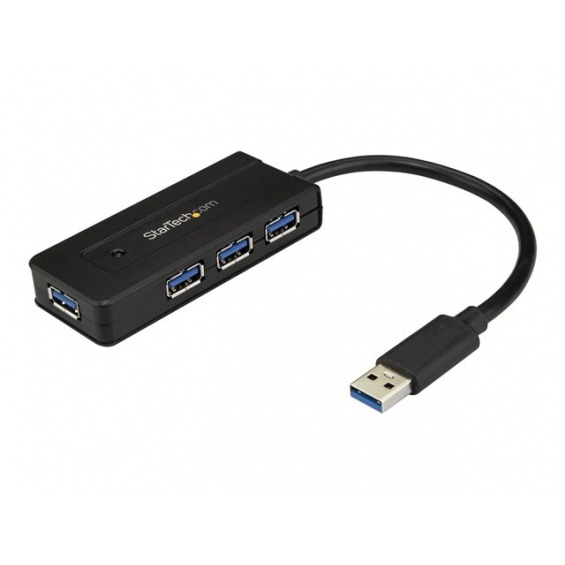- Comhub Usb To Serial Hub Drivers For Mac Download
- Comhub Usb To Serial Hub Drivers For Macro
- Comhub Usb To Serial Hub Drivers For Mac Free
So if you have to use the USB adapter on your Mac maybe you can have a try. Below are the steps I took to make it work properly. Reboot into recovery mode. For my Mac book pro, hold “command + R” at power on until the display says loading options. Disable the SIP. Go to the utility menu and choose Terminal. In order to manually update your driver, follow the steps below (the next steps): 1. Extract the.cab file to a folder of your choice. Go to Device Manager (right click on My Computer, choose Manage and then find Device Manager in the left panel), or right click on Start Menu for Windows 10 and select Device.
In case your USB to Serial is not working, you can try the followingsteps find and solve the problem.
0. Is the device connected and recognized¶
Alternatively, you can use the command line to list all USB devicesconnected to your mac:
This check is not dependent on any driver, and only verifies if OS X recognizes the device at USB level.If the device doesn’t show up, it is either a broken cable or broken chip.
Make sure you use a fully wired micro-USB cable!

Since the introduction of micro-USB, some USB cables are not fullywired. You might have a charge-only cable. In that case the device willnever work. You can check it, when you connect the device via this cableit will never pop-up in the lists above.
1. Remove Conflicting Driver¶
To check which drivers are installed, run the following command in theterminal application:
This commands detects installed drivers. It is necessary to have adminrights, so the sudo command is necessary. Alternatively you can list thedirectories /Library/Extensions and /System/Library/Extensions,and search for the installed kexts.
- /Library/Extensions/osx-ch341.kext
- /Library/Extensions/osx-pl2303.kext
- /Library/Extensions/osx-cp2102.kext
For OS X 10.8 and earlier
- /System/Library/Extensions/osx-ch341.kext
- /System/Library/Extensions/osx-pl2303.kext
When no conflicting drivers are installed, the output on OS X 10.9+should look like:
In case you have found conflicting drivers, like theProlificUsbSerial.kext (Prolific) or usb.kext (Winchiphead), you shouldremove them. Execute the following steps in the terminal:

cd/<_path_where_conflicting_driver_is_located_>/sudokextunload./<name>.kextsudorm-rf<name>.kext
The kextunload command may fail if the driver is not loaded. It may benecessary to reboot the mac to be sure the kexts are not loaded into thekernel.
2. Test If the Driver is Loaded¶
Next step is to check if the driver is loaded. Connect your USB toserial cable to your mac and execute the following command in Terminal:sudokextstat|greprepleo
If you don’t see a driver, please make sure it is loaded by using thecommands:
cd/library/extensions/sudokextload ./<name>.kext
Alternatively, rebooting your mac will also load the drivers. If youdon’t see the driver, it is possible you don’t own a supported device,or the driver is not loaded properly. Try to load the driver with theverbose command: sudokextutil-v6 ./<nameofkext>.kext in the directory/library/extensions, inspect the output of sudodmesg andcontact us via support@mac-usb-serial.com for further assistance.
Since OS X High Sierra, you need to explicitly allow the drivers in the Security & Privacy pane of System Preferences.You will get a dialog System Extension Blocked during installation, which alerts you to approve the driver.
In case the sudokextutil-v6 ./<nameofkext>.kext command shows the line:
Comhub Usb To Serial Hub Drivers For Mac Download

You still need to approve the driver. This approval UI is only present in the Security & Privacy preferences panefor 30 minutes after the alert.The gatekeeper pane in System Preferences looks like:
Our Team Identifier for the gatekeeper is: C3V2MXS8TG (BJA Electronics). When you have approved the driver, you mightneed to reboot your machine. Click with a normal mouse, without emulating software. Apple is strict on this.
Until you approved the KEXT, future load attempts will cause the approval button in the Security & Privacy pane to reappear but will not triggeranother user alert. You can trigger it by these commands:
Comhub Usb To Serial Hub Drivers For Macro
sudospctl--add--label'Repleo'sudospctl--enable--label'Repleo'
Comhub Usb To Serial Hub Drivers For Mac Free
You can verify the driver is allowed by:
In case this doesnot work, you can try to trigger the gatekeeper by loading the driver via kextutil, or rebooting your mac.
3. Test If the Device is Recognized¶

When the kext is loaded properly, it should instantiate the .cu and .ttyhandles. You can verify this using the terminal with the following tocommands:
sudodmesg|greprepleols/dev|grepRepleo
4. Test the Serial Interface with a Loopback¶
The last test is to verify the driver is really able to send and/orreceive data. Connect the RxD and TxD pin of the RS-233 connector, thiswill create a loopback. Any character transmitted from your Mac shouldalso be echoed into the terminal. Use a simple tool like CoolTerm to verify if data is transmitted.
In case no data is received, it is important that is not a hardwarefailure. Please test the setup using Windows or Linux to ensure thehardware is operating correctly. If the hardware is not the problem, youcan contact us for assistance.
Please include all the steps you did to determine the cause of theproblem.